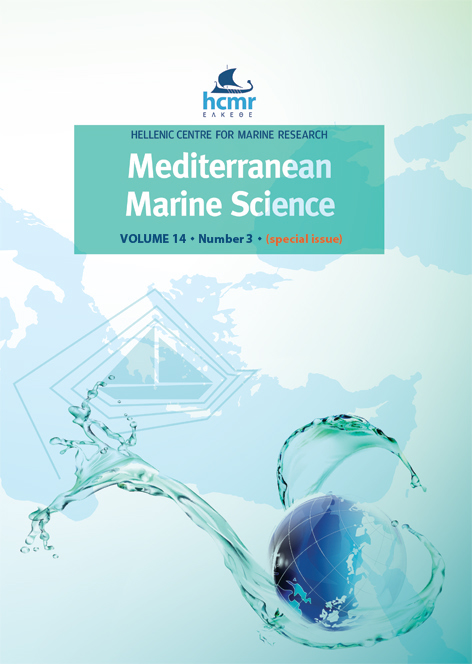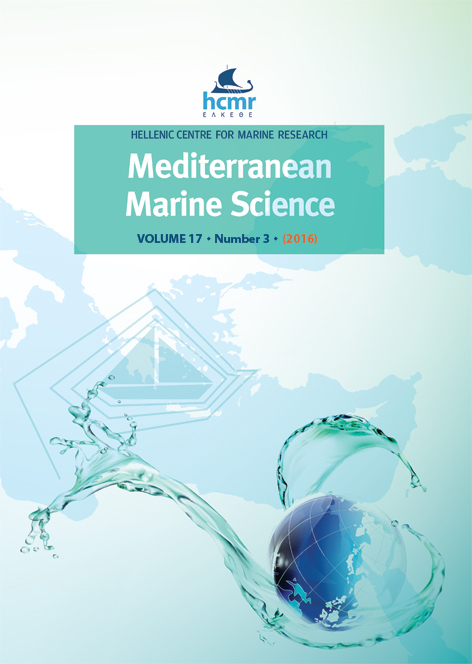Decapod crustaceans associated with an artificial reef (Adriatic Sea)
Περίληψη
The aim of this study is to increase the knowledge on the distribution of decapod crustaceans associated with an artificial reef positioned on sandy-mud bottoms in the central Adriatic Sea. The reef is constituted of concrete modules assembled in pyramids and concrete poles. Hard and soft bottom samples were collected from 2001, just after reef construction, to 2005 (4 surveys per year). Regarding the soft seabed, three sites close to a pyramid, three inside the reef area at a distance of 10-15 m from the structures, and three 200 m outside the reef (control sites) were randomly sampled during each survey. At the same time, three pyramids (vertical and horizontal walls) and three poles were also investigated. After taxonomical analysis, decapod crustaceans were analysed using abundance and species richness. Sites and years were compared using a balanced, fixed effect, 2-way ANOVA and PERMANOVA. In addition, SIMPER analysis was performed to identify those species typifying each community inhabiting both the soft bottom and the artificial substrates. The results showed that the artificial reef induced an increase in both abundance and diversity of the decapods of the natural habitat. In fact, man-made substrates may offer new available space for biological colonization and allow the settlement of new species usually living on hard bottoms, thus increasing the complexity of the original benthic communities.
Λεπτομέρειες άρθρου
- Πώς να δημιουργήσετε Αναφορές
-
SANTELLI, A., PUNZO, E., SCARCELLA, G., STRAFELLA, P., SPAGNOLO, A., & FABI, G. (2013). Decapod crustaceans associated with an artificial reef (Adriatic Sea). Mediterranean Marine Science, 14(3), 64–75. https://doi.org/10.12681/mms.682
- Ενότητα
- Research Article
Authors who publish with this journal agree to the following terms:
- Authors retain copyright and grant the journal right of first publication with the work simultaneously licensed under a Creative Commons Attribution Non-Commercial License that allows others to share the work with an acknowledgement of the work's authorship and initial publication in this journal.
- Authors are able to enter into separate, additional contractual arrangements for the non-exclusive distribution of the journal's published version of the work (e.g. post it to an institutional repository or publish it in a book), with an acknowledgement of its initial publication in this journal.
- Authors are permitted and encouraged to post their work online (preferably in institutional repositories or on their website) prior to and during the submission process, as it can lead to productive exchanges, as well as earlier and greater citation of published work (See The Effect of Open Access).






